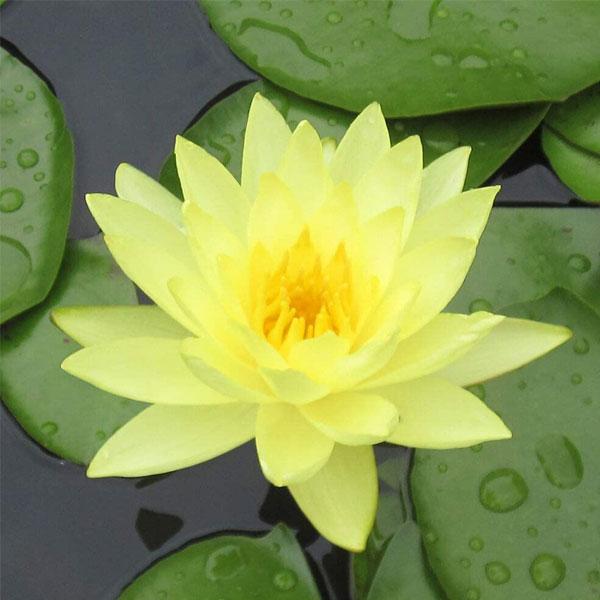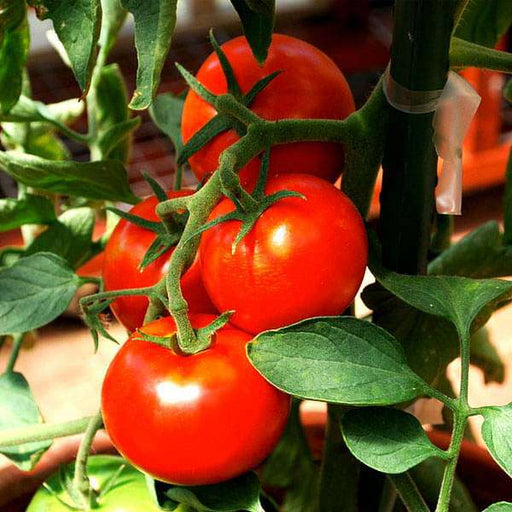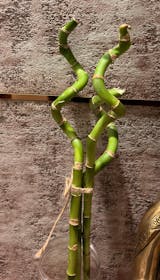Water Lily Seeds
Water lilies are an iconic aquatic plant that can add a touch of elegance and beauty to any water feature. Water lily seeds can be used to grow these stunning plants in your own backyard pond or water garden. With their vibrant colors and floating leaves, water lilies are sure to make a statement in any aquatic environment.
Lotus Seeds
Another beautiful aquatic plant, lotus seeds can be used to grow these stunning plants in your own water feature. Lotus flowers have a long and rich history in many cultures, and are associated with purity, enlightenment, and spiritual awakening. Growing lotus plants from seed can be a rewarding and meditative experience.
Dwarf Sagittaria Seeds
Dwarf sagittaria is a popular aquatic plant that is often used to create a lush green carpet at the bottom of aquariums or ponds. Its delicate leaves and bright green color make it a favorite among hobbyists and aquascapers.
Vallisneria Seeds
Vallisneria, also known as eelgrass or tape grass, is a popular aquatic plant that is often used to create a natural-looking background in aquariums or ponds. With its long, slender leaves and hardy nature, vallisneria is a great choice for beginners or experienced aquarists alike.
Hornwort Seeds
Hornwort is a fast-growing aquatic plant that can help to oxygenate your aquarium or pond. Its feathery green fronds make it a beautiful addition to any aquatic environment, and it is also known to provide shelter and protection for fish and other aquatic creatures.
Water Hyacinth Seeds
Water hyacinth is a beautiful floating aquatic plant that can add a touch of color and texture to your pond or water garden. Its vibrant purple or blue flowers and glossy green leaves make it a popular choice among water gardeners and landscape designers.
Red Ludwigia Seeds
Red ludwigia is a striking aquatic plant with vibrant red and green leaves. Its bold coloration makes it a popular choice for aquascaping and adding a splash of color to aquariums or ponds.
Anubias Seeds
Anubias is a popular aquatic plant that is prized for its lush green foliage and hardy nature. It is often used in aquascaping to create a natural-looking environment, and is also a favorite among aquarium hobbyists.
Amazon Sword Seeds
Amazon sword is a classic aquatic plant that is often used to create a lush green backdrop in aquariums or ponds. Its large, sword-shaped leaves and hardy nature make it a favorite among beginner and experienced aquarists alike.
Cryptocoryne Seeds
Cryptocoryne, also known as crypts, is a popular aquatic plant that is known for its wide variety of colors and shapes. With its hardy nature and ability to grow in a range of conditions, crypts are a great choice for aquascaping or adding color to your aquarium or pond.
Water Lettuce Seeds
Water lettuce is a floating aquatic plant that can help to provide shade and shelter for fish and other aquatic creatures. Its light green leaves and delicate roots make it a popular choice among water gardeners and pond enthusiasts.
Rotala Seeds
Rotala is a beautiful aquatic plant that is prized for its delicate pink or red leaves. With its feathery fronds and stunning coloration, rotala is a favorite among aquascapers and aquarium hobbyists.
Java Fern Seeds
Java fern is a hardy and popular aquatic plant that is often used to create a natural-looking environment in aquariums or ponds. Its long, flowing leaves and easy-to-grow nature make it a great choice for beginners, and its versatility means it can be used in a variety of different aquascaping styles.
Ludwigia Repens Seeds
Ludwigia repens is a striking aquatic plant that can add a pop of color to any aquarium or pond. Its bright red leaves and hardy nature make it a popular choice among experienced aquarists and aquascapers.
Bacopa Seeds
Bacopa is a popular aquatic plant that is known for its delicate green leaves and easy-to-grow nature. It is often used to create a natural-looking environment in aquariums or ponds, and is also a favorite among shrimp and other aquatic invertebrates.
Java Moss Seeds
Java moss is a versatile and easy-to-grow aquatic plant that can be used in a variety of different aquascaping styles. Its lush green fronds and ability to attach to surfaces make it a popular choice for creating natural-looking environments in aquariums or ponds.
Duckweed Seeds
Duckweed is a floating aquatic plant that can help to filter out impurities from your pond or aquarium. Its small, round leaves and rapid growth make it a great choice for providing shade and shelter for fish and other aquatic creatures.
Water Clover Seeds
Water clover is a floating aquatic plant that is known for its vibrant green leaves and clover-like appearance. It is often used to create a natural-looking environment in aquariums or ponds, and can also provide shelter and shade for fish and other aquatic creatures.
Hygrophila Seeds
Hygrophila is a popular aquatic plant that is known for its delicate green leaves and easy-to-grow nature. It is often used to create a lush green background in aquariums or ponds, and is also a favorite among shrimp and other aquatic invertebrates.
Cryptocoryne Wendtii Seeds
Cryptocoryne wendtii is a hardy and versatile aquatic plant that can be used in a variety of different aquascaping styles. Its broad leaves and range of colors make it a popular choice among aquarium hobbyists and aquascapers alike.







































